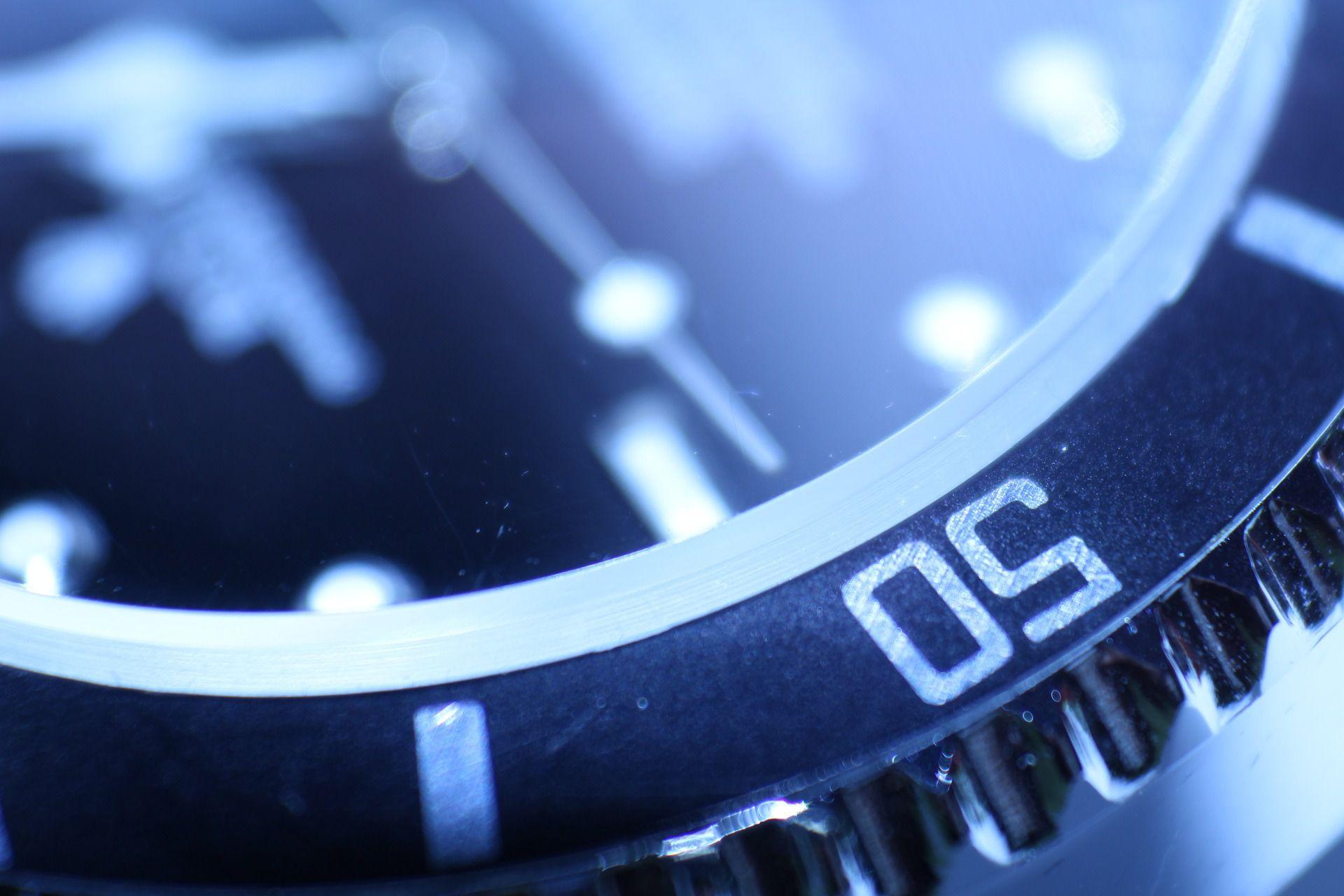
EPA: VW Cheated Emissions in 3.0L Diesels
On June 28, 2016, lead counsel for Plaintiffs in the Volkswagen Diesel Emissions lawsuit, Lieff Cabraser Heimann & Bernstein LLP, submitted a proposed Consumer Class Action Settlement Agreement and Release to federal district court Judge Charles Breyer for owners and lessees of certain Volkswagen and Audi 2.0L TDI vehicles. More information on the proposed settlement is available on the official Volkswagen settlement website.
Negotiations regarding the 3.0L TDI vehicles are ongoing. Because the Court must approve any settlement, the settlement benefits are not effective. Lead counsel will formally present the proposed settlement to Judge Breyer on July 26, 2016.
EPA Finds Defeat Devices on Volkswagen, Audi, Porsche Cars
On November 2, 2015, the Environmental Protection Agency (EPA) and the California Air Resources Board (CARB) issued letters to Volkswagen, Audi, and Porsche informing them that government testing had shown that these automakers installed emissions defeat device software into additional vehicles. Specifically, regulators identified several 3.0L diesel engine models that include defeat device software, including the following models:
- 2014 Volkswagen Touareg
- 2015 Porsche Cayenne
- 2016 Audi A6 Quattro
- 2016 Audi A7 Quattro
- 2016 Audi A8 and A8L
- 2016 Audi Q5
Own a diesel Volkswagen or Audi?
If you own or lease an affected vehicle, protect your rights. Contact an auto attorney toll-free at (877) 647-7134 or fill out the form to get involved in the class action lawsuit.
10,000 3.0L Volkswagen Diesels Affected
According to the EPA, the new vehicles comprise about 10,000 diesel vehicles already sold in the United States and an unknown number of 2016 vehicles. Like the vehicles identified in the EPA’s September 18, 2015 letter to Volkswagen, certain 3.0L Volkswagen, Porsche, and Audi vehicles include software that reduces the effectiveness of the emission control system. As a result of this software, the affected 3.0L diesel vehicles emit up to “up to 9 times the applicable NOx standard levels.”
How the Defeat Device Works
The EPA’s Notice of Violation includes more information about how the defeat device works. According to the Notice:
When this software determines the vehicle has begun the FTP 75 Federal emission test procedure, it directs the vehicle to employ a low NOx temperature conditioning mode. A status bit in the software indicates that a “temperature conditioning” mode is active. In this low NOx temperature conditioning mode, the vehicle operates under a number of emission control parameters, including injection timing, exhaust gas recirculation rate, and common rail fuel pressure in such a way that the parameters yield low engine-out NOx emissions and high exhaust temperatures. The high exhaust temperatures heat the selective catalytic reduction system (“catalyst”) and improve the catalyst’s ability to reduce tailpipe NOx emissions. In this low NOx temperature conditioning mode, the combination of low engine-out NOx and improved catalyst performance results in tailpipe NOx emissions that are below the applicable emissions standard.
However, the software employs a “timer” that coincides with the low NOx temperature conditioning mode. At exactly one second after the completion of the initial phases of the FTP 75 Federal emissions test procedure (1,370 seconds, which is when the vehicle would normally be turned off), this software directs the vehicle to cease low NOx temperature conditioning mode. The “temperature conditioning” status bit switches to zero, and a second status bit indicates the activation of ” transition to normal mode.” In this “normal mode,” the emission control system is immediately less effective.
– Cynthia Giles
In addition, when the vehicle starts under conditions that the software determines are not the beginning of the FTP 75 Federal emission test procedure, the vehicle does not use the low NOx temperature conditioning mode at all. Instead, the emission control parameters are set consistent with the “normal mode.”
In sum, as soon as the vehicle senses that it is not being tested, it uses “normal mode.” In “normal mode,” tailpipe emissions of NOx are up to 9 times the applicable NOx standard levels, depending on model type and type of drive cycle (e.g., city, highway).
EPA: ‘VW has once again failed its obligation’
On September 25, 2015, CARB sent letters to all manufacturers letting them know they would be screening additional vehicles for potential defeat devices, according to Ricard Corey, Executive Officer of the California Air Resources Board. This testing led directly to the alleged violations covered under the November 2, 2015 Notice of Violation. In its letter to Volkswagen and the other automakers, CARB noted that it had tested the Touareg and the Audi A6 using “non-traditional defeat device screening cycles” and both vehicles demonstrated “the same type of emissions behaviors as those in which VW has admitted defeat devices exist.” In addition to these non-traditional tests, the 2014 Touareg that CARB analyzed also failed the Federal Test Procedure certification test.
Anne Hebert, Chief of Emissions Compliance for CARB’s Automotive Regulations and Science Division wrote “ARB is very disappointed with this development as VW (along with all the other manufacturers) was alerted on September 25, 2015 . . . that ARB would be immediately conducting defeat device testing.” Cynthia Giles, Assistant Administrator for the Office for EPA’s Enforcement and Compliance Assurance stated, “VW has once again failed its obligation to comply with the law that protects clean air for all Americans.”
Talk to an Auto Lawyer
If you own a 3.0L diesel Volkswagen, Audi, or Porsche you may have a claim. Talk to our auto defect lawyers for a free consultation about your potential case by calling toll-free (877) 647-7134 or filling out the form.
Our attorneys have decades of experience representing consumers in auto defect cases against major vehicle manufacturers such as Honda, General Motors, Mazda, Toyota, and Ford.